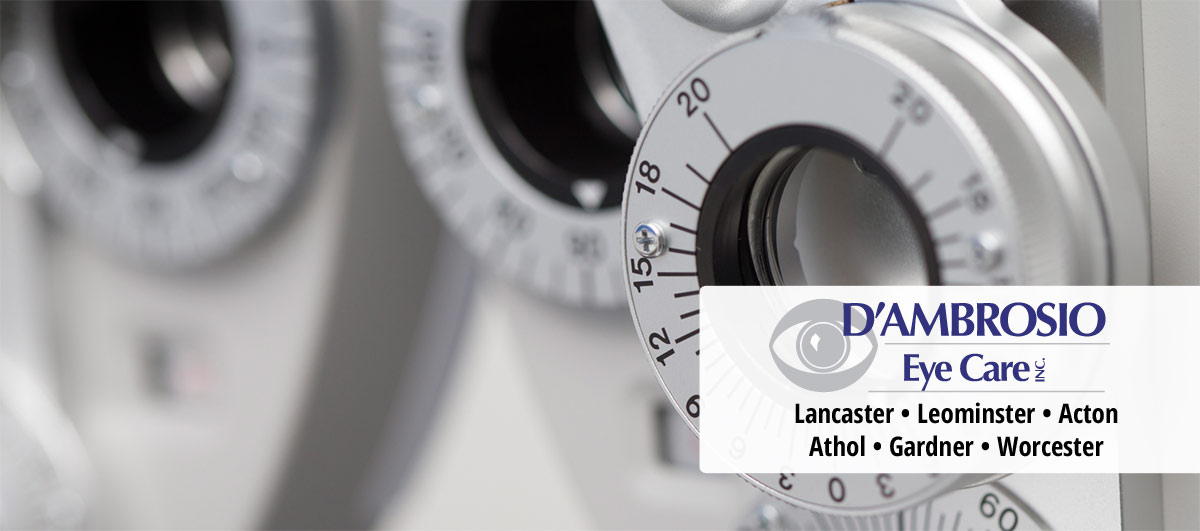Laser pointers are very often
used in classrooms, lecture halls, during presentations and even as toys. But
did you know that laser pointers can be a potential source of eye injury?
Specifically, the greater a laser pointer's output power,
the more likely it will cause serious eye injuries. Having a better
understanding of the “do’s & don’ts’ of laser pointers as well as the
potential for eye injuries as related to their strength and power, can go a
long way to making that laser pointer on your desk or in your child’s hand a
safe and useful tool.
Laser Pointer Output Strength
As the power increases above five milliwatts, the time
margin for safe exposure decreases and permanent eye and skin damage can occur
quickly. However, the output power of laser pointers
is not immediately apparent to the user. Laser pointers often lack appropriate
labeling or are mislabeled, and definitive testing of individual pointers is
beyond the reach of the average consumer. What
we know for sure is that even the briefest exposure to high-powered blue
handheld laser products can cause serious eye injuries.
Researchers reporting the
results of a study in Ophthalmology,
the journal of the American Academy of Ophthalmology found that if a laser with less than five milliwatts
of output power is directed at someone's eye, that person can blink or turn
away without suffering an eye injury. However, the natural protective
mechanisms of the eye – such as the blink reflex – are ineffective against
lasers with an output power greater than five milliwatts, and severe retinal
damage may occur, even after momentary exposure.
Here's what the FDA advises:
·
Never aim or shine a laser pointer at anyone.
·
Don't buy laser pointers for your children.
·
Before purchasing a laser pointer, make sure
it has the following information on the label:
·
a statement that it complies with Chapter 21
CFR (the Code of Federal Regulations);
·
the manufacturer or distributor's name and
the date of manufacture;
·
a warning to avoid exposure to laser
radiation; and
·
the class designation, ranging from Class I
to IIIa. Class IIIb and IV products should be used only by individuals with
proper training and in applications where there is a legitimate need for these
high-powered products.
The problem is that many
laser pointers lack labels or have inaccurate labels and the researchers found
that 60 percent of the sampled laser pointer products that the FDA tests are
overpowered compared with what the label says. Those pointers may be powered in the 10s or 100s of milliwatts!
How do you know if your laser pointer is overpowered?
Ideally, consumers could
buy a laser pointer with the certainty that it has less than five milliwatts of
power, however this isn’t possible based on the poor labeling and compliance. The
FDA says that if you have a laser pointer that isn't labeled or if you don't
trust the labeling, consider the following:
·
If the pointer is small and runs on button
batteries, its output probably is less than five milliwatts.
·
If it's pen-sized and runs on AA or AAA
batteries, it's likely to be more powerful and may exceed five milliwatts.
·
If it's flashlight-sized and runs on a
cluster of AA or AAA batteries or runs on lithium batteries, it likely exceeds
five milliwatts.
·
Pointers sold with battery chargers probably
drain their batteries quickly and are likely to be overpowered.
·
Some pointers are sold with a removable cap
that spreads the beam into a pattern. If used without the cap, the beam
becomes a single beam that could exceed 5 milliwatts.
·
Look for keywords that sellers might use to
indicate a pointer is highly powered without saying that it's over five
milliwatts: powerful, bright, ultra, super, military, military grade, super
bright, high power, ultra bright, strong, balloon pop, burn, burning,
adjustable focus, lithium battery, lithium powered.
·
Look for videos or photos that show the laser
burning, melting, balloon popping or show a bright, well-defined beam of light
·
Look for purchaser comments on websites that
tout the brightness or power of the product.
Blue & Violet Laser Pointers Are the Most Dangerous!
Blue and Violet laser pointers
are the most dangerous because the human eye actually is less sensitive to blue
and violet. So, while a person would react quickly to a red or green laser,
that person may not blink or turn away as fast from an equally powerful blue or
violet light, creating a greater likelihood of injury.
If you or someone you know is concerned about laser
pointer use and eye safety, please have them contact D’Ambrosio Eye Care
by calling us at 800-325-3937, visiting D’Ambrosio Eye Care or
facebook.com/dambrosioeyecare so that we can help answer questions.
D'Ambrosio
Eye Care provides eye care for patients throughout greater Boston, central and
western Massachusetts with office locations at 479 Old Union Turnpike,
Lancaster, Massachusetts 01523, 100 Powder Mill Road, Acton, Massachusetts
01720, 413 Main Street, Athol, Massachusetts 01331 and 74 Main Street, Gardner,
Massachusetts 01440.


